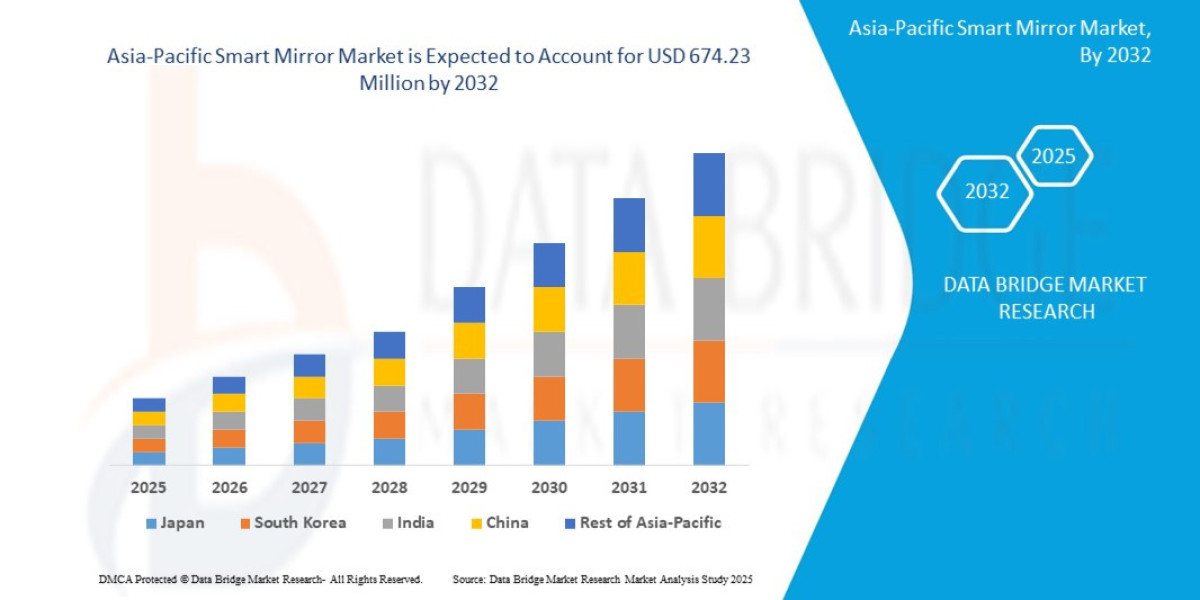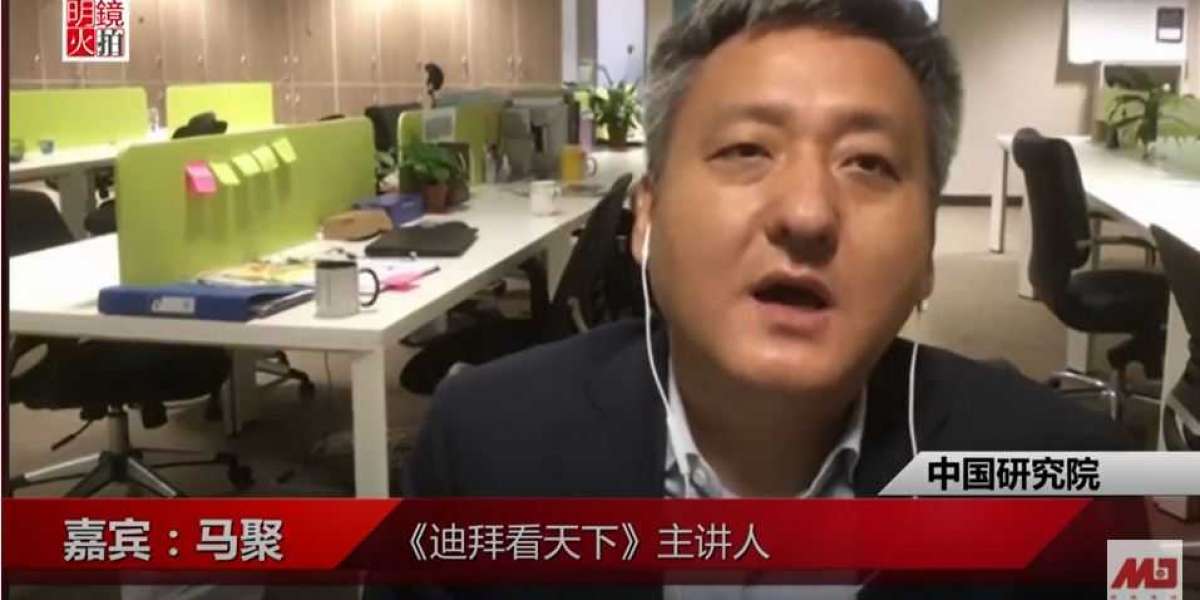In the heart of Japan’s manufacturing revolution, a quiet but powerful transformation is underway. Leveraging artificial intelligence (AI), Japanese industries are integrating real-time defect detection systems across production lines to enhance precision, reduce waste, and sustain global competitiveness. This fusion of AI and industrial technology reflects Japan’s legacy of craftsmanship—monozukuri—reimagined for the era of smart factories and zero-defect production.
As the demand for quality, speed, and sustainability rises, Japan’s use of AI-powered inspection and defect recognition systems is positioning its factories as models of operational excellence and digital maturity.
? The Need for Real-Time Defect Detection
Japan’s industrial economy, spanning automotive, electronics, semiconductors, and precision components, faces mounting pressures:
Aging workforce and skills shortage
Rising material and energy costs
Global quality standards and export scrutiny
Sustainability and waste reduction mandates
Traditional quality control methods—often reliant on human inspection or static sensors—are no longer sufficient. Enter AI-driven visual and sensor-based defect detection, capable of:
Scanning parts and surfaces at millisecond speeds
Identifying micro-defects, pattern anomalies, or deformations
Adapting in real time to new defect types via machine learning
This shift ensures higher yields, fewer recalls, and predictive maintenance, all while reducing human error.
? How Japan Is Leading in AI-Powered Inspection
1. Computer Vision at Scale
Japanese manufacturers are deploying AI computer vision systems on production lines using high-resolution cameras, edge AI devices, and GPUs. These systems:
Compare products against trained visual models
Detect anomalies in shape, color, texture, alignment
Trigger alerts or automatic rejection of defective items
Companies like FANUC, OMRON, and Keyence are pioneering this domain with ultra-fast cameras and AI chips that process and classify images in real time.
2. Edge AI and IoT Integration
To reduce latency and network dependency, many Japanese plants now use edge AI modules—small AI computers placed on-site:
Analyzing sensor data from vibration, acoustic, or thermal sources
Performing defect classification without cloud reliance
Enabling data privacy and operational continuity
Startups like Preferred Networks and Asilla have developed compact edge AI devices optimized for manufacturing environments, integrated with IoT infrastructure.
3. AI + Robotics for Automated Correction
Some factories now go beyond detection. If a defect is minor and repairable, robotic arms equipped with AI modules automatically correct it—like:
Soldering a misaligned PCB point
Polishing a scratch on a lens
Realigning a mechanical fastener
This AI-assisted feedback loop minimizes downtime and improves throughput.
? Deep Learning and Adaptive Models
What makes Japan’s AI defect systems cutting-edge in 2025 is the use of deep learning models that:
Continuously learn from new defects
Update detection parameters without full system retraining
Adapt to product design changes
Manufacturers in Japan are using platforms like Sony’s Neural Network Console and NTT’s AI Visual Factory to build these learning loops.
Additionally, generative AI models can simulate rare defect scenarios, expanding training datasets without needing real-world samples—an innovation especially useful in high-stakes industries like aerospace or semiconductors.
? Business Impact and Performance Metrics
Companies deploying AI-powered defect detection in Japan report:
30–50% reduction in quality-related downtime
Up to 90% accuracy in detecting visual defects
20%+ increase in yield rates
Significant reductions in material waste and warranty claims
In industries like automotive and high-precision optics, this translates directly to global competitiveness and brand trust.
? Use Cases from Japanese Industry Leaders
Toyota
Using AI-powered visual inspection in its battery and EV manufacturing lines, Toyota achieves sub-millimeter accuracy in component integrity checks, reducing post-production rework.
Canon
Canon’s camera factories use AI to detect microscopic dust particles or lens scratches—imperceptible to humans—before final assembly.
Panasonic
Their AI system in solar panel plants flags anomalies like microcracks and delamination in real time, increasing production consistency and module durability.
Toshiba
In semiconductor fabrication, Toshiba’s smart wafer inspection system uses thermal imaging and AI to detect hairline fractures invisible to optical tools.
? Cybersecurity and Data Protection
Japan places high emphasis on secure deployment of AI systems in industrial contexts:
All training data is stored in on-premises edge environments
Models are protected by firmware-level encryption
Real-time alerts flag any unusual behavior, preventing sabotage or manipulation
The METI (Ministry of Economy, Trade and Industry) recently released new guidelines for AI quality assurance and cybersecurity in manufacturing AI, reinforcing trust and accountability.
? Sustainability through Zero Defect Manufacturing
AI-driven defect detection is also a green innovation:
Reducing defective outputs means less scrap, rework, and energy consumption
Enhancing product durability leads to longer lifecycle and lower carbon footprints
Real-time correction reduces unplanned downtime, optimizing energy use per output
These improvements align with Japan’s national GX (Green Transformation) strategy and ESG goals across sectors.
? Future Outlook: Toward Fully Autonomous Inspection
By 2030, Japan envisions factories where:
AI models predict potential defects before they occur
Inspection systems self-calibrate to product changes
Quantum machine learning may offer near-perfect defect classification at the atomic level
The fusion of AI, robotics, 5G/6G connectivity, and smart sensors is turning Japan’s factories into self-correcting ecosystems — a cornerstone of Industry 5.0.
✅ Conclusion
Japan’s industrial tech evolution—powered by real-time AI defect detection—is a masterclass in how tradition and technology can converge. By embedding intelligence into the very machinery that built its industrial legacy, Japan is not just producing better products; it’s shaping a smarter, safer, and more sustainable future for global manufacturing.
Whether it’s an electric vehicle, a surgical device, or a microchip, chances are an AI in Japan is making sure it’s flawless—in milliseconds.







